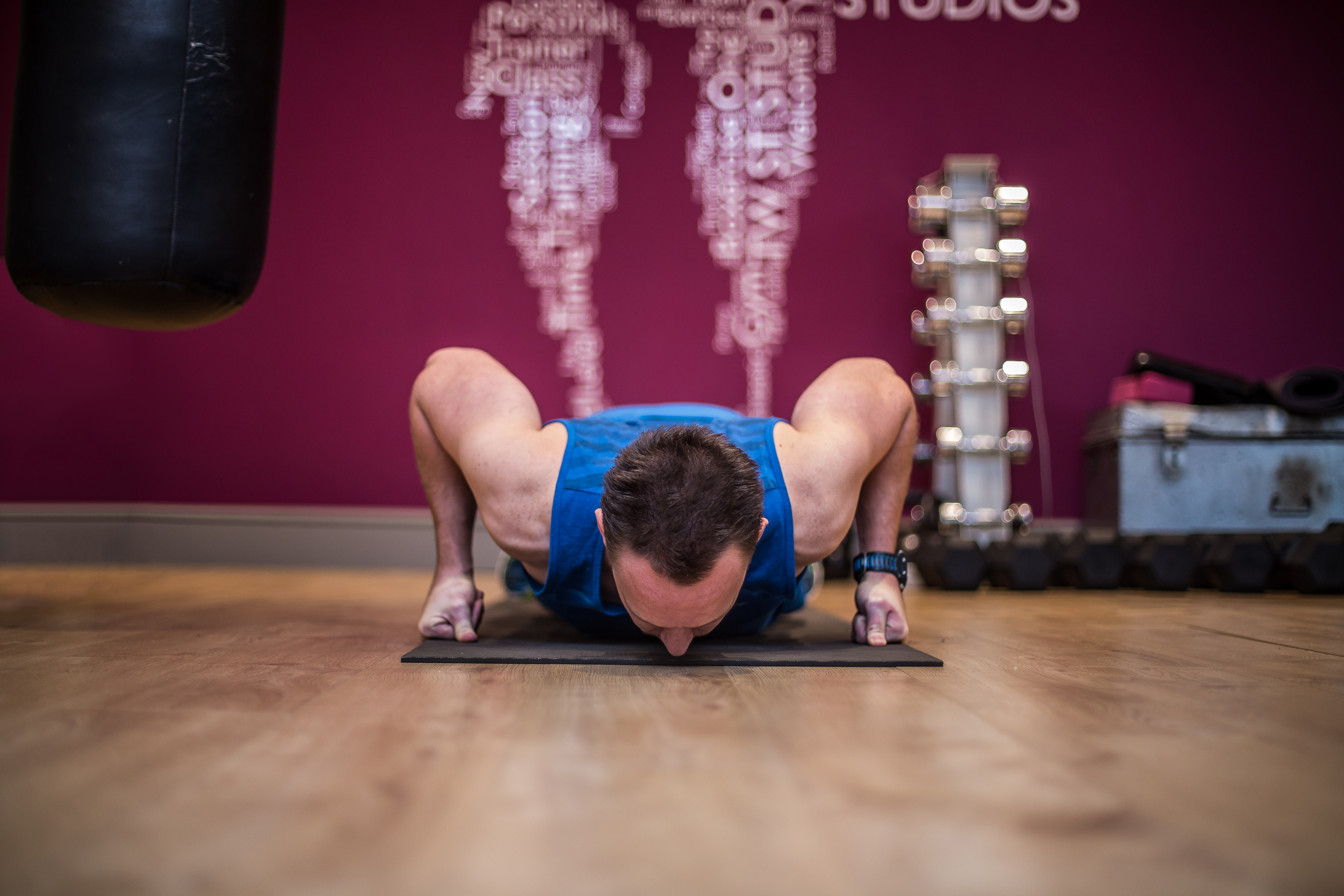
What Can Do 15 Minutes of HIIT Per Day
For those among us who have mastered the art of skilfully finding excuses to begin working out “from next Monday” or who truly believe they don’t have time to get sweaty in the name of health and fitness, high-intensity interval training (HIIT) is here to help.
Alternating short bursts of very intense activity with periods of less demanding exercise or complete rest, HIIT, with its 15-minute per day workouts, perfectly complements your tight schedule.
1. Living in the frantic world we have nowadays leaves you with less and less time for working out, we do know that.
But a busy schedule by no means should stop anyone from taking care of his or her body. The effects of only 15 minutes per day of HIIT, three times a week has proven to replace an hour of treadmill jogging. In this way, you can squeeze in the workout in your schedule without major sacrifices. Sounds too easy to be true? A 2011 study discussed at the American College of Sports Medicine Annual Meeting has shown that 6 to 8 weeks of endurance training can be replaced by just 2 weeks of high-intensity interval training. How does it work? You can begin, for instance, running as fast as you can for 1 minute, then walk for 2 minutes. To get more tips & tricks, read the Twist blog.
2. Have you ever dreamt of burning calories even after you have finished the workout?
Dream no more. Interval training tricks your body into burning fat in the 24 hours following the high-intensity exercises. This means you can go on to read a book, go out with your friends or even lay on the couch, and still burn calories. No, it’s not called magic, it’s called metabolism boost. Your metabolism increase as you consume more oxygen comparing to other types of exercises. Because of this, it was also proven to be much more effective than a steady-pace run for those aiming to lose weight.
3. Unlike other types of work out, like rowing, swimming, or biking, HIIT can be done without the use of any equipment.
No need for weights or fancy equipment primarily means no more excuses to start doing it today. It also means you can jump lunges, do high knees, or fast feet. You can even do burpees from the comfort of your house (or garden). The secret is to accelerate your heart rate and increase speed. Mix and match different types of activities, be it indoors or outdoors, to achieve the best results.
4. Less time, more effort – this is the rule that defines HIIT
During the training, you cannot read a magazine, chat to your friend or like photos on Facebook and Instagram. In other words, you need to focus on the exercises. This, in turn, significantly boosts your productivity and the amount of calories your burn. You will also not have a spare minute to complain that you are bored; (unlike when you spent those two hours on the treadmill last week). Exercises usually include going back and forth from 30 to 60 seconds of pushing your limits to a period of recovery. Jonathan P. Little, a specialist in exercise physiology at the University of British Columbia, full-heartedly backs up the researches that show HIIT to be much more enjoyable by people compared to any other types of exercise.
5. Many complain that exercising makes them hungry
Let’s agree, this is not exactly what you are looking forward to when trying to lose weight. A study conducted by the University of Western Australia has shown that the hormone that stimulates hunger, ghrelin, is actually suppressed in those who have finished their high-intensity training. This leads to a decrease in appetite after exercising, meaning no more craving and/or guilty eating.
Now that you know how to make the best of those spare 20 minutes, use our training schemes to get inspired for your next high-intensity interval training.



